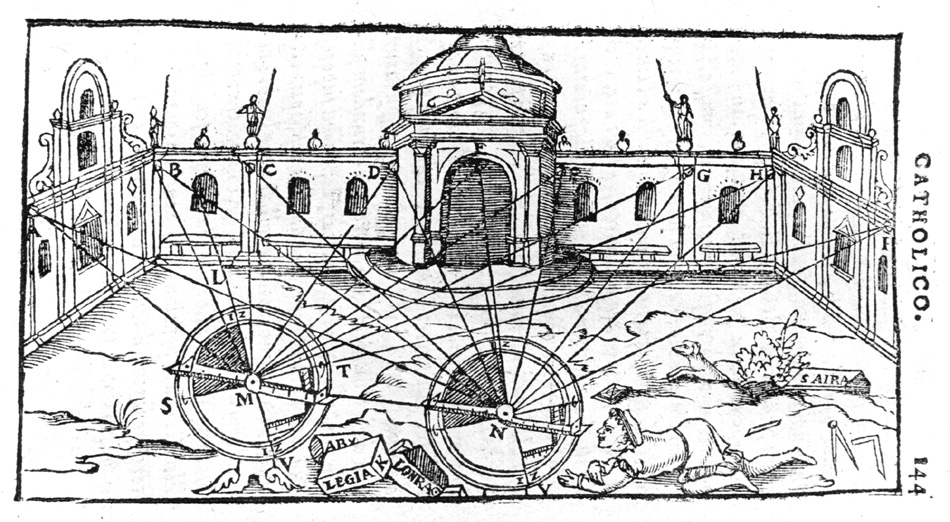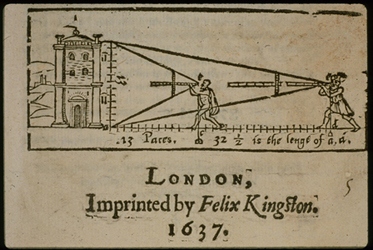|
|



The delivery of appropriate documentation for heritage projects is a matter of achieving the correct balance between the 3 key processes of: Measurement, Selection. Communication. Measurement or information capture technique is where the choice of technologies can determine the precision and nature of the outcome. Selection of significant information determines how efficiently the capture method will match the information need. The selection of information from a captured set can be active at capture or made post capture from an undifferentiated data set. The choice of measurement technique will determine both the degree of information recovery possible and its dependency on the response to significance either at capture or post capture. Presentation or communication determines the utility of the captured information set. A poor understanding of the convention or visual language of draughtsmanship and cartography can devalue spatial information to the point where it can nullify the value of the documentation process. Getting the balance right is the heart and soul of heritage documentation or in the words of Digges: |
Measurement technique alone is not enough to describe what we map. The processes of abstraction and depiction require skill and guidance to be successful. This diagram, taken from the cover of Digges's manual of 1637, shows a single measured line on an elaborate facade: the contrast between the science of measurement and the art of draughtsmanship is clear for all to see, but how often do we confuse method and product in heritage documentation? |
"The Geometer, how excellent so ever he may be, leaning only to discourse of reason, with out practice (yea and that sundry ways made) shall fall into manifolde errors, or inextricable Laberinthes." Pantometria 1571 |
This plate from Gemma Frisius's manual of 1584 leaves us in no doubt the science of triangulation offers a good solution to surveying problems (thanks to his development of a practical method and robust instrument) but also makes it very clear the richness of the object surveyed demands the draughtsman's attention! |
is a continuous process enabling the monitoring,maintenance and understanding needed for conservation by the supply of appropriate and timely information. Documentation is both the product and action of meeting the information needs of heritage management. It makes available a range of tangible and intangible resources, such as metric,narrative, thematic and societal records of cultural heritage. Survey is a key aspect of heritage documentation as recognised by the ICOMOS general assembly at Sophia in 1996: 'Recording is the capture of information which describes the physical configuration, condition and use of monuments, groups of buildings and sites, at points in time and it is an essential part of the conservation process.' http://www.icomos.org |